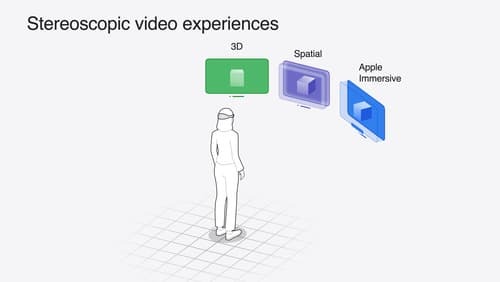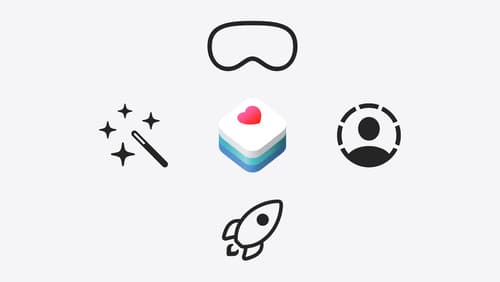How can I determine available space in iOS?
Asked on 2024-08-09
1 search
To determine available space in iOS, you can use various tools and techniques provided by Xcode. Here are some relevant steps and tools mentioned in the WWDC sessions:
-
Xcode Memory Report: This tool shows an application's memory footprint over time, which includes more than just the heap. It can help identify large memory issues and provide some recent history of memory usage. However, it won't tell you why memory use is growing, so you'll need other tools for deeper analysis.
-
Allocations Instrument: This is part of the Instruments tool in Xcode. It helps profile your app's heap memory usage. You can use it to track allocations and virtual memory usage, which can help you understand how much memory your app is using and identify any spikes or patterns in memory growth.
-
Memory Graph Debugger: This tool captures memory graphs, which are snapshots of all allocations and the references between them. It includes backtraces for each allocation if Malloc stack logging is enabled. This can help you focus on specific allocations and understand why they are still in memory.
-
Malloc Stack Logging: This can be enabled in Xcode's scheme diagnostics tab. It helps track memory usage by providing backtraces for each allocation, which can be useful for identifying memory leaks and understanding memory growth patterns.
For more detailed steps and examples, you can refer to the session "Analyze heap memory" which covers tools for inspecting heap memory issues and provides a comprehensive overview of how to measure and analyze heap memory.
Relevant Sessions

Analyze heap memory
Dive into the basis for your app’s dynamic memory: the heap! Explore how to use Instruments and Xcode to measure, analyze, and fix common heap issues. We’ll also cover some techniques and best practices for diagnosing transient growth, persistent growth, and leaks in your app.

Build compelling spatial photo and video experiences
Learn how to adopt spatial photos and videos in your apps. Explore the different types of stereoscopic media and find out how to capture spatial videos in your iOS app on iPhone 15 Pro. Discover the various ways to detect and present spatial media, including the new QuickLook Preview Application API in visionOS. And take a deep dive into the metadata and stereo concepts that make a photo or video spatial.

Get started with HealthKit in visionOS
Discover how to use HealthKit to create experiences that take full advantage of the spatial canvas. Learn the capabilities of HealthKit on the platform, find out how to bring an existing iPadOS app to visionOS, and explore the special considerations governing HealthKit during a Guest User session. You’ll also learn ways to use SwiftUI, Swift Charts, and Swift concurrency to craft innovative experiences with HealthKit.
